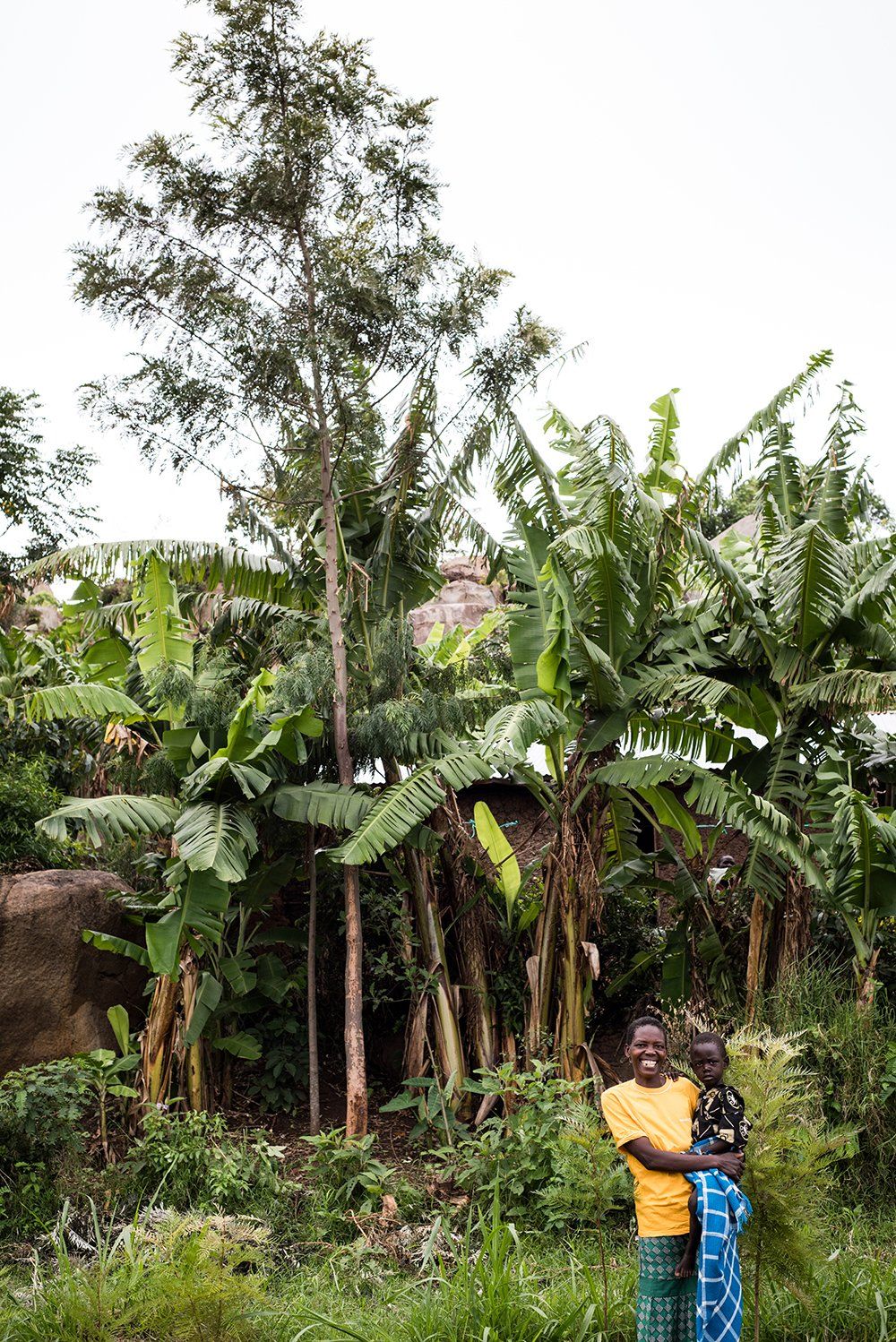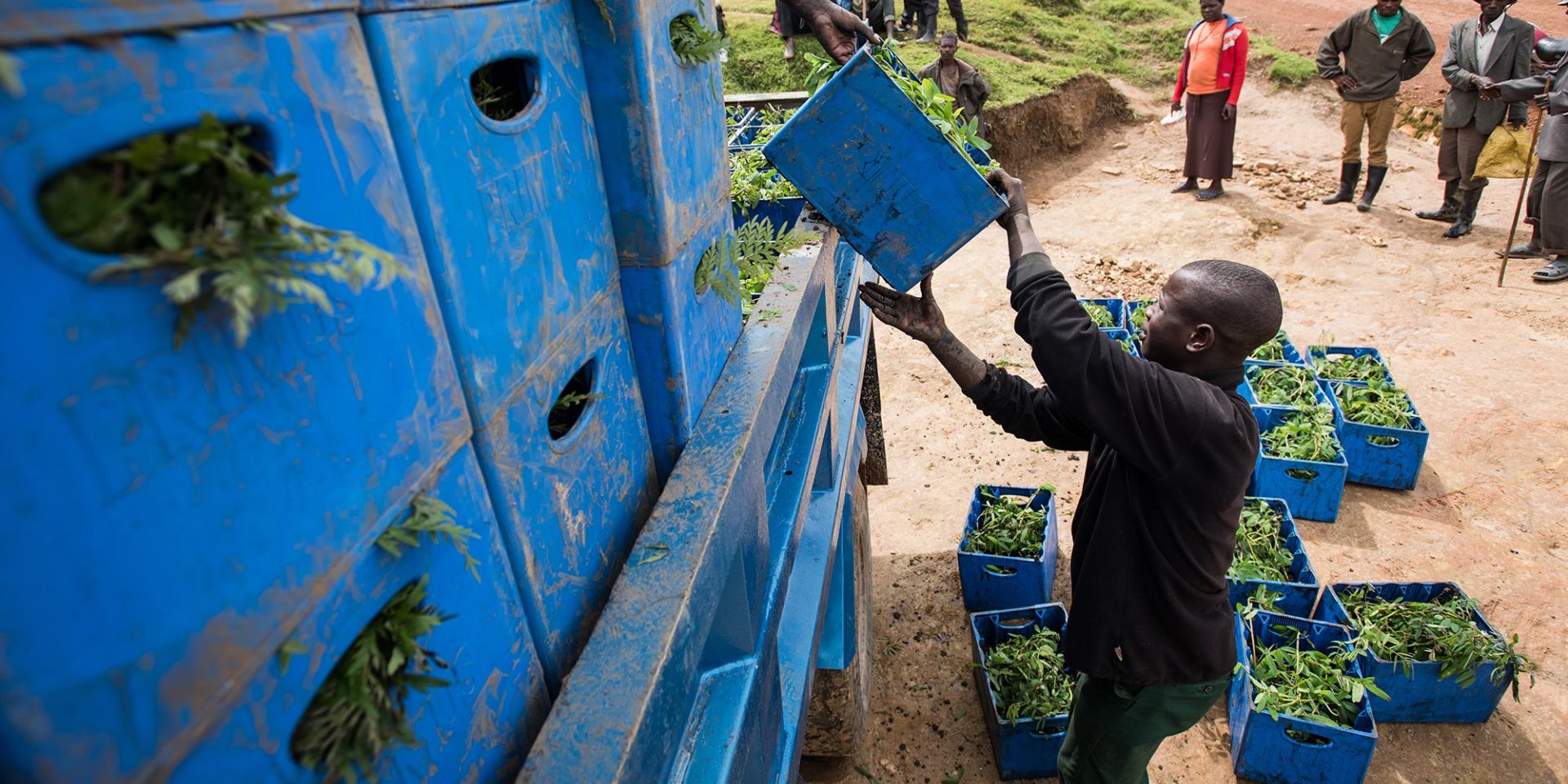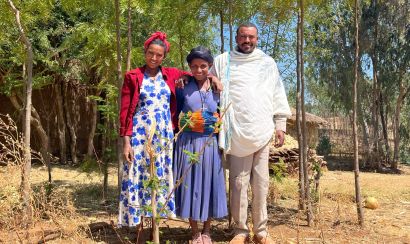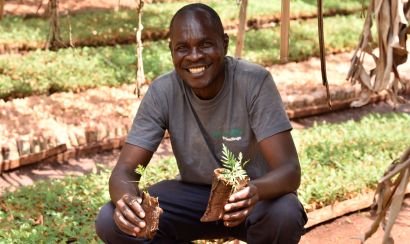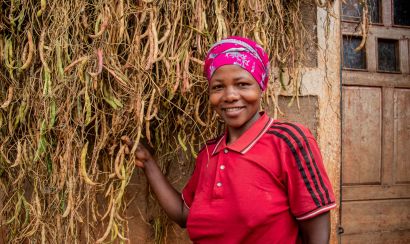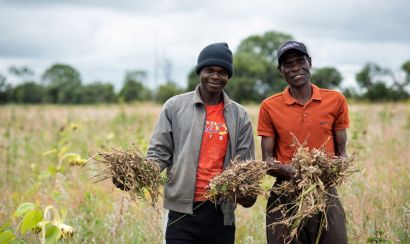Why Growing Trees Makes Perfect Sense for Smallholder Farmers
Meet Alice Nasambu
Alice always has money on her mind. Most of her children are still young, and she is determined that all five of them receive a good education, which means building up her savings now.
The desire to save for the future is what first prompted Alice to plant trees. To her village neighbors—who regularly struggle with hunger—planting an inedible crop seemed illogical. But with the nearest savings bank more than hour's walk from her home in rural Kenya, growing a crop with the intention of selling it several years later presented a unique opportunity.
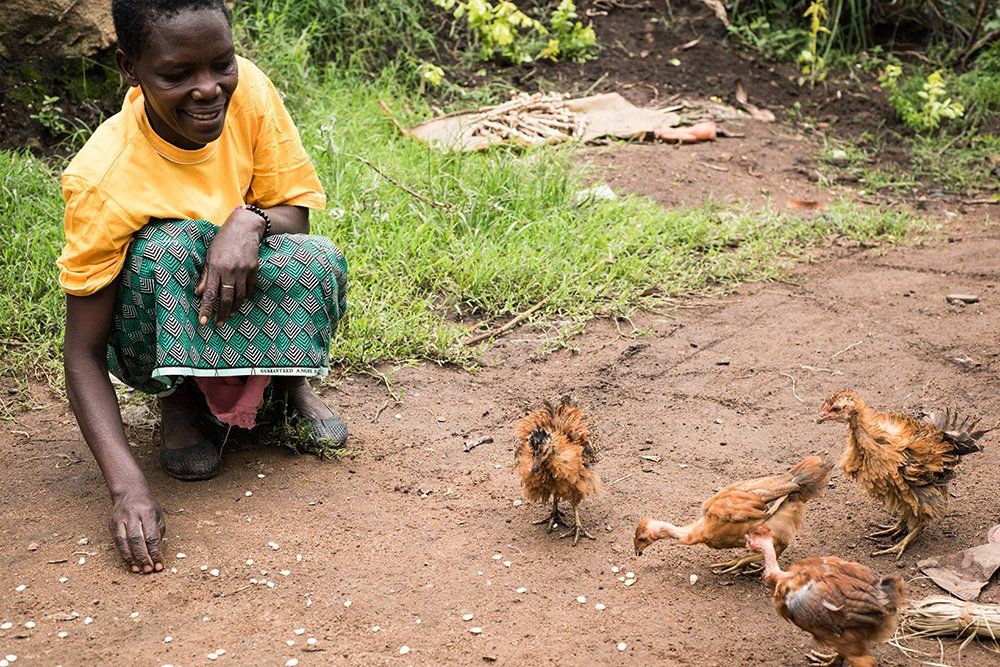
Alice first started planting trees years ago, inspired by the profit she heard was possible from selling mature trees. At first, she planted Eucalyptus trees, which worked well the first year. However, in subsequent years, she noticed her other crops were not doing very well.
“Even the texture of the soil in my field changed. The soil was very dry and brown in color,” Alice says. She later learned that Eucalyptus trees require significant amounts of water and nutrients to grow, and were robbing her crops and soil of both.
Disappointed with her trees and in search of new investment opportunities, Alice joined One Acre Fund, purchasing a variety of farming products on credit. One of those products was Grevillea tree seeds.
Alice had learned about Grevillea trees from a One Acre Fund field officer. Similar to Eucalyptus, Grevillea trees grow quickly and grow straight, which makes them marketable as timber for building houses and furniture. Unlike Eucalyptus trees, however, Grevillea tree leaves are nutrient-rich and contribute to soil fertility when they fall around the trees. Alice realized that by planting Grevillea trees, she could get the financial benefits she hoped for from Eucalyptus without her compromising her harvest yield.
Grevillea trees, which are worth less than $1 USD as saplings, become worth roughly $15 USD a piece after six years. For smallholder farmers like Alice, this is an incredible return on investment. In Western Kenya, the profits from just 10 six-year-old trees could cover an entire term of a child’s high school tuition—and the trees rapidly increase in value each year after that.
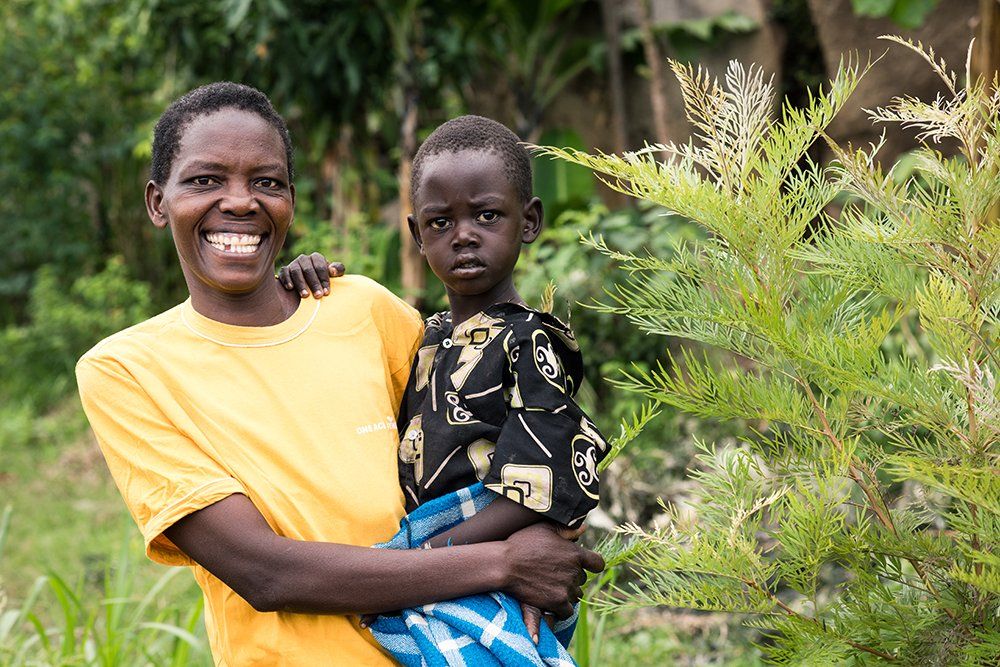
“This is a lot of money for poor farmers like me," Alice says, standing next to one of her young Grevillea trees. "My children will be in high school by the time my trees mature, and I use that money for their school fees."
Since joining One Acre Fund in 2011, Alice has planted Grevillea trees every year. After talking with her field officer, Alice chose to plant her trees around her house and the perimeter of her farm, so that they wouldn’t take up valuable space for edible crops in her field. In total, she has roughly 65 Grevillea trees scattered about her property, growing tall and strong.
With a few of her trees already approaching the six-year mark, Alice feels she can rest assured that her dreams of educating her children will come to be. Her 14-year-old daughter Wendy will start secondary school next year, when Alice’s first round of trees reach maturity.
“Wendy hopes to be a doctor someday,” Alice says. Her smile is the smile of a woman on track to accomplish her goals.
